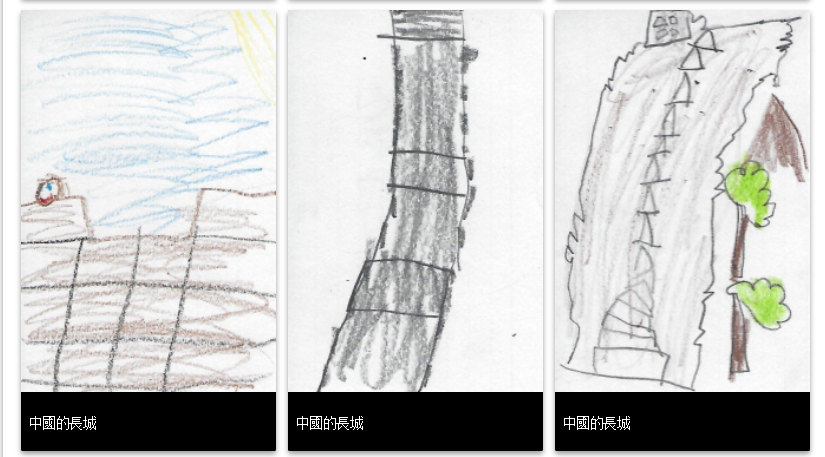Submitted by: Ryan Stein
Collaborators: Music Teacher: Erin Franklin, Art Teacher: Kathy Schini, ITRT: David Clough
School: Pinchbeck Elementary School
Summary
This engaging and innovative 21st century Jamestown unit provided multiple paths to the content by meeting all types of learners at their individual levels. Students created their own clay animation projects highlighting Indian tribes and important Virginia geography features. They created a dance video, iMovies, podcast, online scrapbooks, animated historical pictures, kerpoof pictures, comic strips, as well as online quizzes and games. Students were then asked to complete a project in which they had the option of designing 3D models of the Jamestown fort or Indian village, writing and producing their own Jamestown song, designing an illustrated booklet, creating their own news
broadcast, and/or writing a letter, play or poem. In addition, students traveled to Jamestown on a class field trip, and later dressed in professional attire to conduct a mock trial. During this exercise, students played the role of jury members, judges and lawyers debating several topics related to the
survival at Jamestown. All these projects were posted on Mr. Stein’s interactive blog and inserted on a Jamestown Unit GLOG, which as off 1/25/11 had over 1,000 hits from students, parents, and other teachers throughout Virginia!
TIPC Ratings
Ideal/Target – After students were given direct instruction, students used multiple resources (web-base research sites and research books) to draw conclusions based on patterns of evidence to produce new understandings, the scripts and actions for the characters in their own clay animation project highlighting Indian tribes and important Virginia geography features. Students used their researched information to create animated historical pictures, online scrapbooks, kerpoof pictures, comic strips, and online quizzes and games.
Ideal/Target – This lesson offered extensive communication and collaboration. Each student took on a specific role within their work groups as they contributed to the final product. Projects were shared online for parents and the community to view. Students evaluated how well they worked together.
Ideal/Target – Students used critical thinking and problem solving skills to develop legal arguments and theories of each mock trial case.
Ideal/Target – This lesson allowed students to apply critical thinking and research methods to create original work that went beyond the scope of the assignment.







